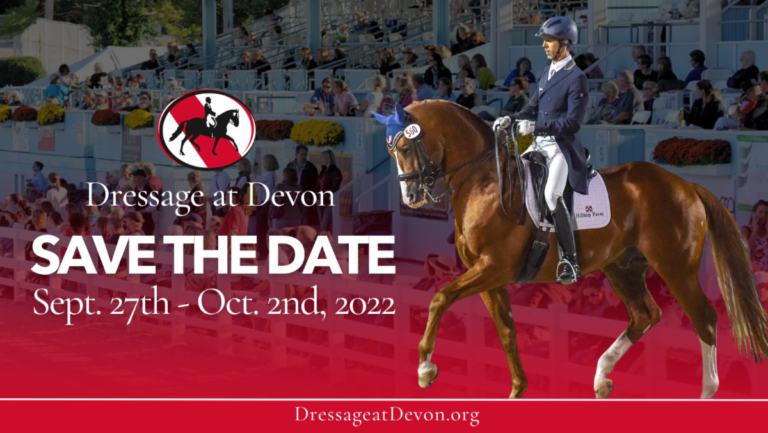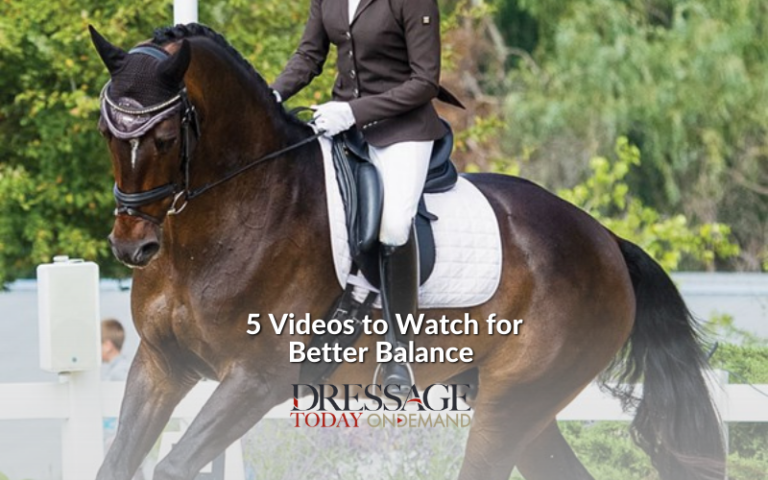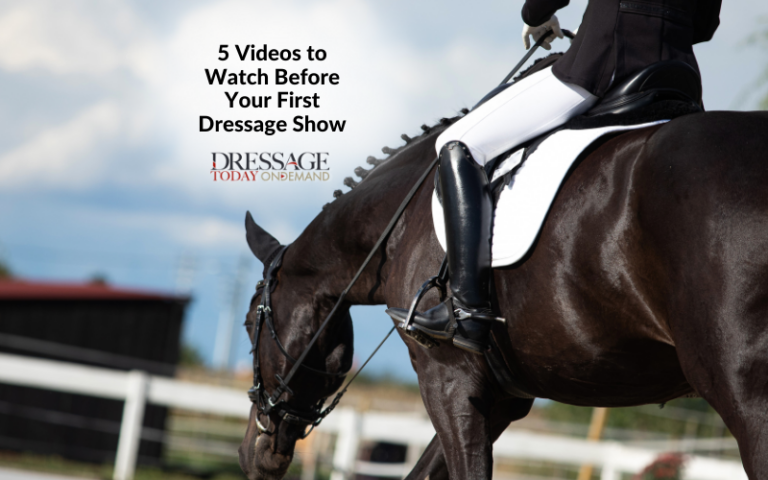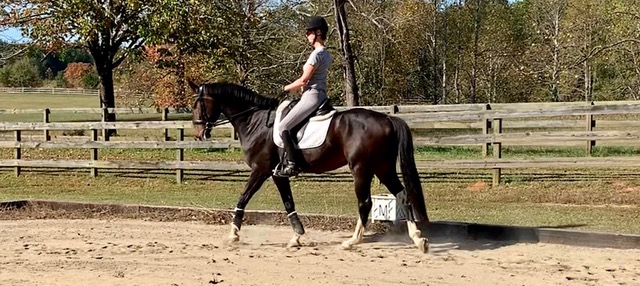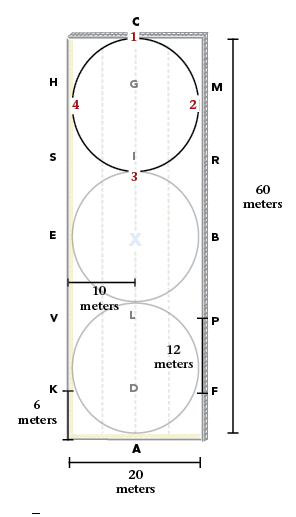The rhythms of our days at the barn are feeling familiar to me by now. We arrive at 8am, and everyone greets each other with a courteous “Morgen” (Good Morning) or “Hallo.” We look at the schedule to see which horses are going to the ‘Weide’ (pasture) versus which ones go to the paddock. We begin to tack up and warm up horses for Sven and Judy, checking to make sure we use the correct bridle, either the ‘Trense’ (snaffle) or ‘Kandare’ (double). Other notes are there as well, such as if the horse should go on the ‘Laufban’ (treadmill), the ‘Longe’ (longe) or receive a ‘Schritt’ (walk). As it gets around ‘Mittag’ (midday), we check that some of the horses have ‘Heu’ (hay) as we continue to ‘reiten’ (ride). By the end of our day, we clean up and make sure we ‘putzen’ (brush) everyone thoroughly. Finally, at the end of the day, we all say, “Tschüss!” (Goodbye!), which is best said in a higher tone. It sounds almost like, “Cheers!”
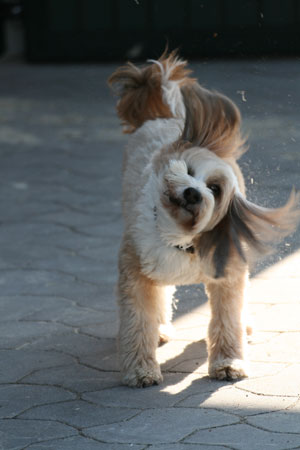
It is true I did not know much German coming here, but it has been one of my goals to learn it! Each day I pick up more and more.
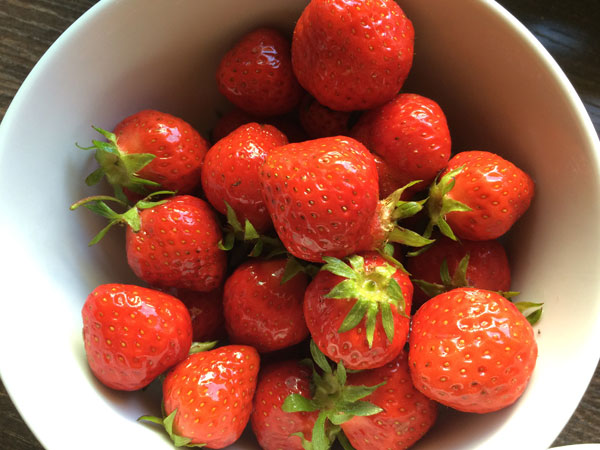

I have included photos of the DELICIOUS local strawberries, a church at the center of the nearby town of Bergedorf and Lucy, the barn dog.


